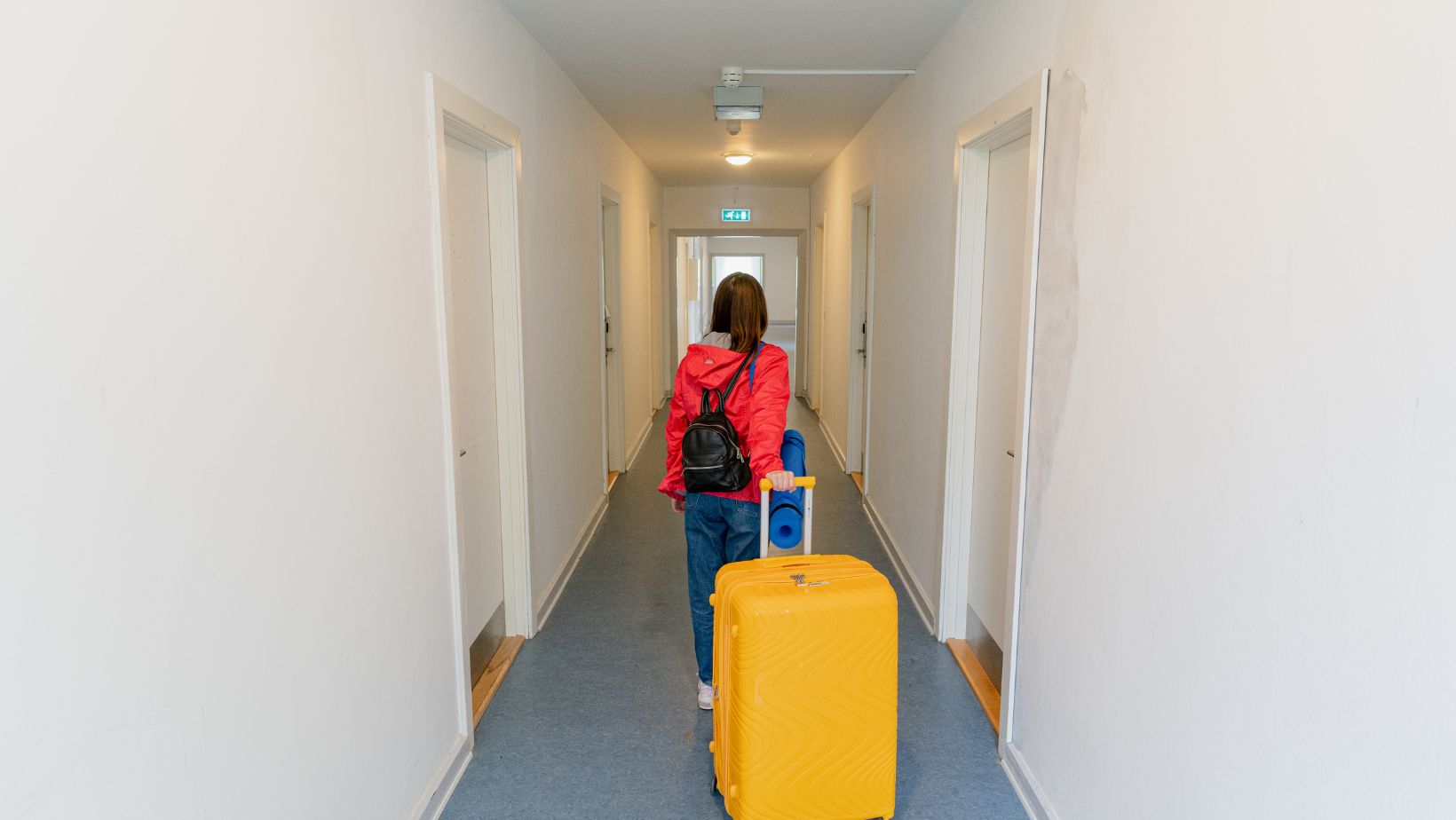
Moving cross-country can feel like a daunting task, but with the right preparation, it doesn’t have to be. I’ve been through the process myself and know firsthand how overwhelming it can get. That’s why I’ve put together the ultimate checklist to help you stay organized and stress-free.
Planning Your Cross-Country Move
Successfully navigating a cross-country move requires careful preparation and organization. To stay on top of everything, let’s go through the most crucial steps.
Setting a Moving Budget
Start by creating a detailed moving budget to avoid surprises. Factor in all possible expenses, including packing supplies, transportation costs, and insurance. Allocate funds for emergencies like delays or additional fuel charges. Keeping track of every expense helps in managing finances better during the move.
Researching Moving Companies
Thorough research on moving companies ensures peace of mind on moving day. Seek out reliable cross country movers by checking reviews and ratings on reputable platforms. Ask for quotes from at least three companies to compare services and costs. Verify that the chosen company has proper licensing and insurance to safeguard your belongings.
Deciding on Moving Services
Choosing the right moving services based on your needs can save time and stress. Consider whether you need full-service movers who handle packing, loading, and unloading or if you’d prefer a DIY approach with rental trucks. Evaluate if additional services like storage or vehicle transport are necessary. Tailor the services to fit your specific situation for a smoother moving experience.
Creating a Timeline
Creating a timeline helps streamline your cross-country move. It ensures all tasks are managed efficiently.
Important Milestones
Identify and plan important milestones. Start by setting a moving date, then work backward to schedule essential tasks.
- Researching Movers: Begin by researching reliable cross country movers. Allocate at least three months for this to compare quotes, check reviews, and verify credentials.
- Booking Movers: Book your movers at least two months in advance to secure your preferred date and services.
- Notifying Utilities and Services: Send notices to utility companies, postal services, and other service providers a month before the move to schedule disconnections and connections.
- Address Change: Officially change your address with the postal service and notify important institutions like banks three weeks ahead.
Packing Schedule
Create a packing schedule to avoid last-minute stress.
- Decluttering: Start decluttering your home three months before the move. Donate or sell items you no longer need.
- Packing Essentials: Begin packing non-essential items two months ahead. Seasonal items and infrequently used possessions should be packed first.
- Labeling Boxes: Clearly label boxes and create an inventory. This step helps keep track of your belongings and makes unpacking easier.
- Packing Daily Use Items: Pack daily use items, like toiletries and kitchen essentials, last. Keep a separate essentials box for the first few days in your new home.
By following this timeline, you can ensure a smoother and more organized cross-country move.
Decluttering and Organizing
There’s significant value in decluttering and organizing when preparing for a cross-country move. Efficiently managing belongings reduces both stress and costs.
Sorting Belongings
Sorting belongings is a vital step in the moving process. I start by categorizing items into groups: keep, sell, donate, and toss. This systematic approach ensures nothing unnecessary gets packed. For instance, I separate seasonal clothing, which gets stored for later use. Kitchen gadgets I seldom use go in the sell or donate bins. Keep only what adds value or holds sentimental importance.
Donating and Selling Items
Donating and selling items can ease the burden of moving while benefitting others. I donate gently used clothing and household goods to local charities. Donating not only declutters, but also helps the community. For items with resale value, such as electronics and furniture, I use online platforms like Craigslist and Facebook Marketplace. Selling items offsets moving expenses. Organizing a garage sale is also effective, offering immediate decluttering while making extra money.
Packing Essentials
Thoroughly preparing for packing ensures a smoother cross-country move. Proper supplies and efficient labeling make unpacking easier and save time.
Packing Supplies
Having the right supplies is critical. Gather sturdy boxes in various sizes, packing tape, bubble wrap, packing paper, and markers. Reinforce box bottoms with extra tape to handle heavier items. Use bubble wrap and packing paper to protect fragile items like glassware, electronics, and dishes. Consider specialty boxes for items like wardrobes and mirrors for added protection. I always ensure I have these supplies ready before I start packing.
Labeling Boxes
Efficient labeling streamlines unpacking. Clearly label each box with its contents and destination room. Use a bold, permanent marker for easy readability. Labeling on multiple sides ensures visibility regardless of how boxes are stacked. For added efficiency, consider a color-coded system where each room is assigned a specific color, using colored tape or stickers. I’ve found this method extremely effective in organizing the loading and unloading process.
Conclusion
Moving cross-country can be daunting but with the right preparation and organization it doesn’t have to be.

My ultimate checklist is designed to help you stay on track and reduce stress throughout the process. By budgeting carefully, researching reliable movers like Suddath local moving services, and creating a detailed timeline, you’ll be well-equipped for a smooth transition. Decluttering and organizing your belongings not only lightens your load but also offers a fresh start in your new home. Remember thorough packing and clear labeling are key to an efficient move. With these strategies in place your cross-country move can be a positive and manageable experience.











